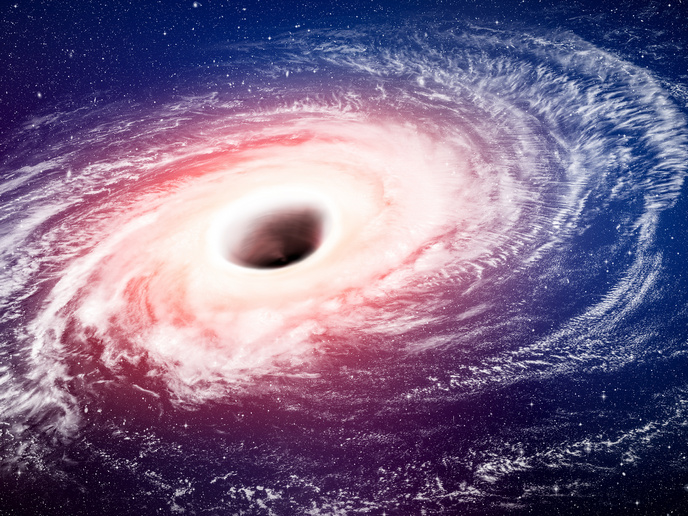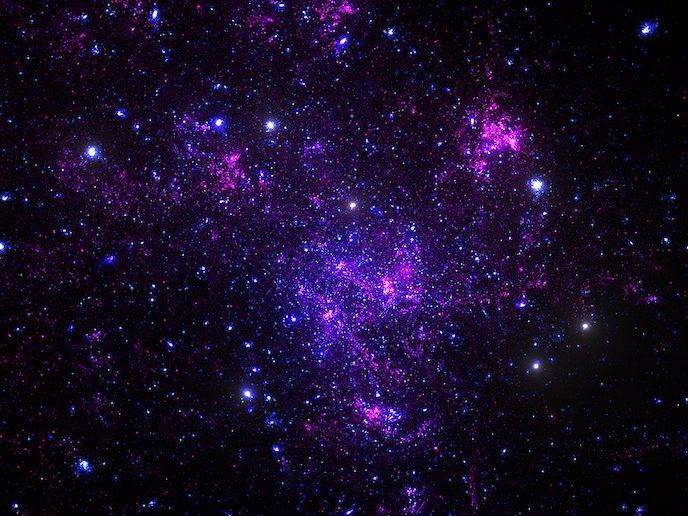Using different sources of data to investigate the beginning of the universe
With the 2009 launch of the Planck satellite, the European Space Agency (ESA set out to image the cosmic microwave background (CMB) radiation left over from the Big Bang. Although large volumes of data on the early universe have since been collected, a lot of questions remain unanswered: Where did the initial fluctuations in the density of the universe come from? Why is the universe so big but mostly empty? Why is it so spatially flat? To help answer these questions and others, the EU-funded CosmicDawn project combined theoretical and observational research to better understand the origin of cosmic structure. “Our understanding of the origins of fluctuations in the early universe contains a whole bunch of assumptions,” says Dr Hiranya Peiris, project coordinator. “We want to test those fundamental assumptions, on top of testing specific models as well.” The inflation theory A key component in the project’s work is inflation – a theoretical framework used to describe the accelerated expansion of space in the time immediately following the Big Bang. “Inflation is a mechanism by which you can create structure in the very early universe and help explain some of the classic puzzles surrounding the Big Bang,” says Dr Peiris. To test the theory of inflation, researchers relied on both the CMB data gathered by the Planck satellite and data from large galaxy surveys. Although the two approaches sample different periods in the history of the universe, both data types are complementary in that they essentially allow researchers to map out the early universe. “By testing a cosmological model with the CMB data, you can predict what you should see in the late time universe in a galaxy survey,” explains Dr Peiris. Progress made, more work to be done During the project, researchers discovered that although the simplest inflationary models were compatible with the data, these models did not fit ‘naturally’ within theories of fundamental physics. As a result, researchers had to turn to new approaches to further explore the fundamental physics. These included using tools from numerical relativity and modelling condensed matter systems, the latter of which could conceivably allow one to conduct in-lab studies of the physical processes that may have taken place in the early universe. Overall, Dr Peiris says significant progress has been made in the project: “we have worked out very strong constraints, narrowing down the range of mechanisms by which cosmic structure could have been produced in the very early universe,” she says. “Just as important, we also identified where we need to improve our understanding of both theory and observation to understand the origins of cosmic structure.”
Keywords
CosmicDawn, European Space Agency, ESA, Planck satellite, Big Bang, cosmic microwave background (CMB), cosmic structure, inflation, fundamental physics







